Tim Ossege, better known by his alias, SeiLeise, is one of Cologne’s best-known street artists. His delicate imagery, dealing with current political events and often from a childlike perspective, can be found across the city. He talked to us about his graffiti beginnings, Cologne as a street art city and how he earns a living as an artist.
Let’s start at the beginning. Do you remember when and where you created your first piece of street art?
SeiLeise: That’s going back a bit. I’m almost 40 now. But I started when I was 16. I grew up in the Mülheim district of Cologne and when I was a teenager I started painting graffiti and listening to loads of hip-hop. I thought the whole street art lifestyle was awesome. At some point, I trained to be a graphic designer but that completely drained me of my creativity. Outside of work, I just didn’t want to carry on with art at all.
Luckily, in my mid-20s, I found my way back into street art and discovered reverse graffiti. It’s a very fine, specialised technique that involves using a sandblaster to produce images by cleaning parts of an area. I started using that to create little men that ran all over the city.
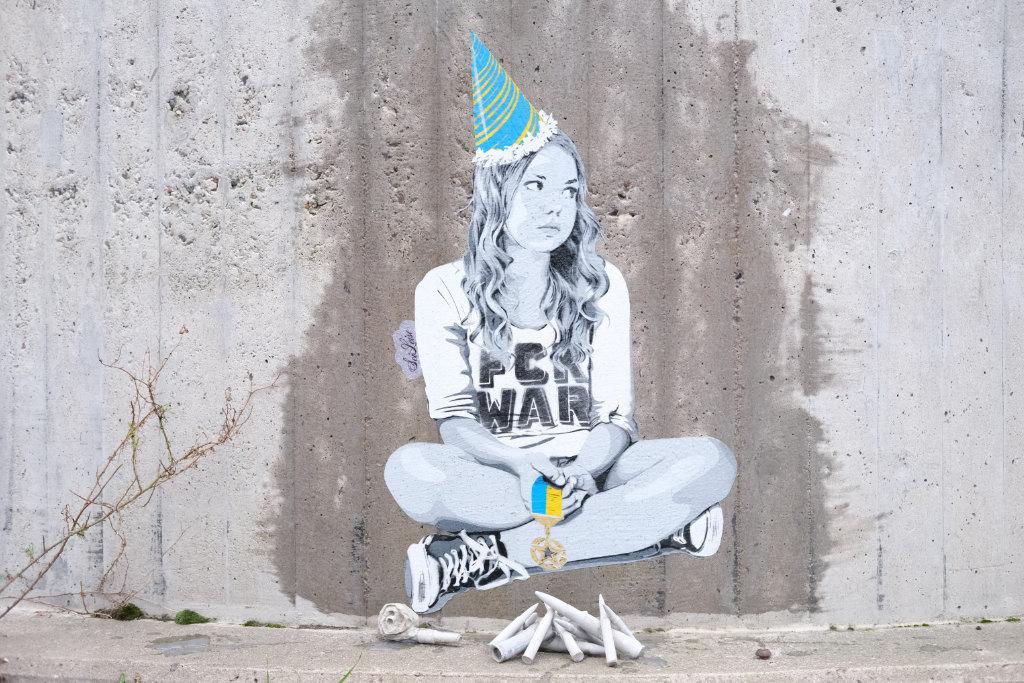
What genre of street art would you say you belong to today?
For a few years now, I’ve been working more with colourful paste-ups that I produce here in my workshop and then paste in the city. I’ve always been fascinated by the idea of contributing to the aesthetic of public spaces. The possibility of taking action against the grey of the city and the supremacy of advertising.
Many artists play with people’s perception of street art as something criminal.
SeiLeise
The name SeiLeise means “be quiet”. Why did you choose that?
That goes back to my graffiti period. I try to move around the city quietly and invisibly. I don’t like having an audience. And street art is a shadow of the city. As an artist, I operate in a grey area between illegal and legal.
But you still decided not to remain anonymous.
Many artists who maintain their anonymity play with people’s perception of street art as something criminal. But a lot of that’s just image – often art in urban spaces is not as criminal as it makes out. Although I work under the alias of SeiLeise, I don’t want to be anonymous. It’s important to me to be as responsible as possible in my work. I’d never immortalise myself on monuments or on a freshly painted building. What I do wouldn’t feel right there anyway. I purposely seek out the neglected, dirty corners of this city. Cologne has a lot of them.
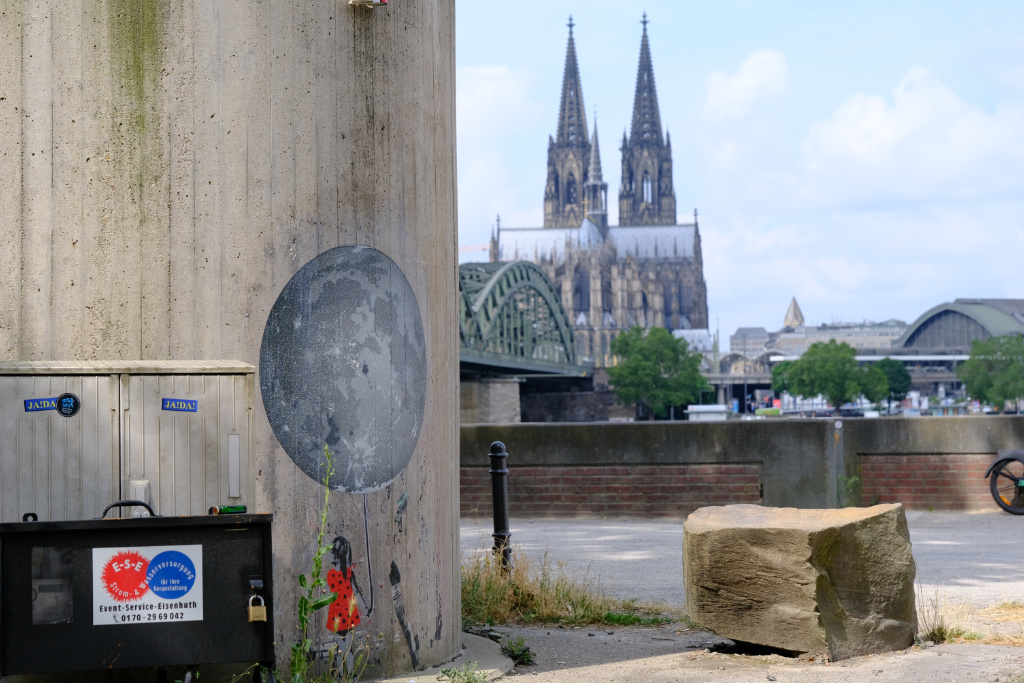
On the subject of Cologne: you come from here and still live here. How important is the city for your work?
They say that people from Cologne have a very close bond with their home city. And I think everyone from here knows what it’s like: when you’ve been away a while, you do have to check whether the cathedral’s still there (laughs).
Art also enables me to explore other cities. When I come back to Cologne though, I notice the negative things. The greyness and the dirtiness. But it still has a special place in my heart nonetheless.
Street art is still a form of art that rebels against the establishment.
SeiLeise
What do you mean by “negative things”? What don’t you like about the city?
It’s only natural that I deal more with the negative aspects of the city than the positive ones. Cologne’s relationship with the archdiocese is a major, difficult topic, for example. That’s why the Catholic Church comes up in my work time and again. One example was my depiction of Cardinal Woelki’s return, with him as a Star Wars emperor wearing a dark habit and standing between two soldiers from the imperial guard of honour. I did it when he’d been removed from office and then secretly reinstated a few months later.
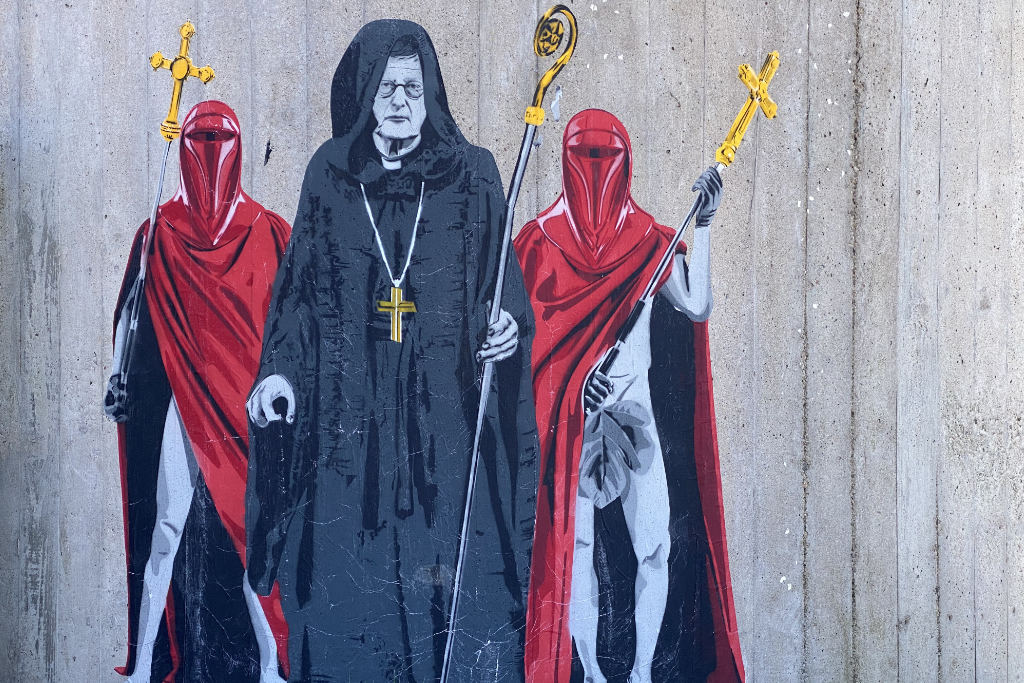
So your work is a comment on current affairs?
Street art is an art form that rebels against the establishment. I feel that’s important. Be it journalists or artists – there always has to be some sort of corrective, commenting on what’s happening in the world. Of course, I’m not looking to lecture people. Everyone can have a different answer to things than mine. It’s enough if I can get a few people thinking about certain issues.
What’s life like as a street artist in Cologne? How do you earn a living?
The way I see it, there’s always a bit of a struggle between the city council and the street art scene in Cologne, like there is in other cities. One side takes over a space and then the other tries to clean it again. We artists live between these two extremes. On the one hand, our aim is intervention in public spaces, criticising social problems and challenging the system. On the other hand, as an artist, I’m part of the system. If I want to earn money, I have to work for the art market and that’s controlled by capital.
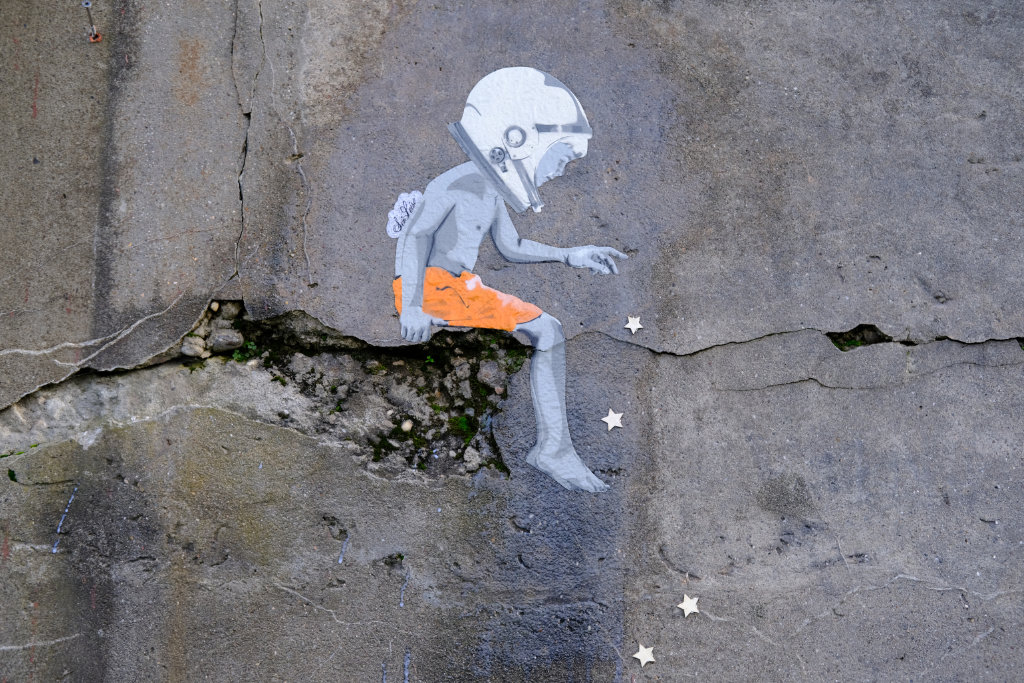
So you sell some of your work too?
Yes, I opened my own gallery here in Mülheim two years ago and I sell some of my works there. I also work with galleries in Hamburg, Düsseldorf and in a place south of Paris in order to earn an income. But there’s a clear distinction between the art people can buy from me and the art you can see on the street. The works in the gallery aren’t street art and I don’t sell what’s on the street.
Which districts can people admire your street art in?
My pictures are dotted around the city because I think it’s important to take art to other districts and even to other towns and cities. It’s great when people travel somewhere specifically to see street art but usually you have to take the art to the people.
Here in Mülheim, I started organising a street art quest during the pandemic. I hid pictures between the Deutz shipyard and the sculpture park in the Stammheim district and people could look for them using a map. The feedback was great. For a lot of locals, it was the first time they’d really noticed the street art in their neighbourhood. I’ve been working on expanding the project ever since.
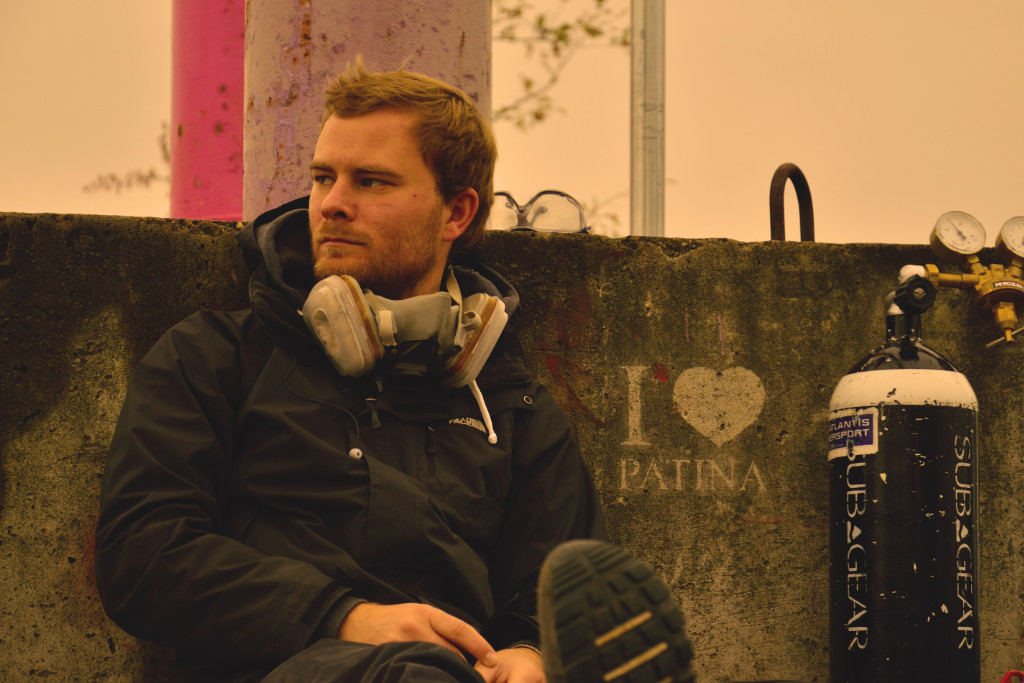
SeiLeise Showroom, Wallstraße 125, 51063 Cologne. Opening hours: Friday, 2-6pm

0 comments on “An interview with SeiLeise: “Street art is a shadow of the city””